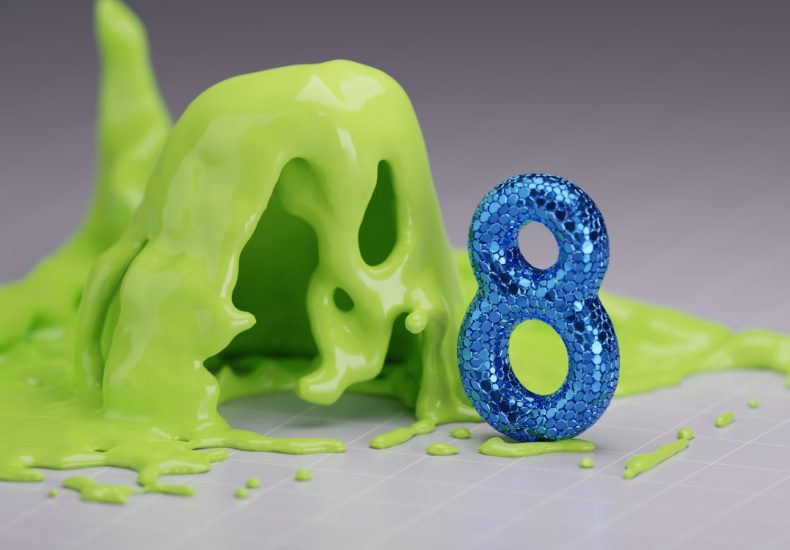
3D Printing Pitfalls and How to Avoid Them
3D printing is transforming prototyping, manufacturing, and hobbyist creation, but hidden pitfalls can waste time, money, and material. This 2025 roundup identifies the ten most common issues that stall projects and shows how to sidestep them. Follow our expert‑backed guide to keep your prints flawless and your workflow efficient.
Top 10 3D Printing Pitfalls to Avoid in 2025 – Expert Roundup
Whether you’re a seasoned engineer, a classroom teacher, or a weekend maker, the excitement of turning a digital model into a physical object can quickly turn into frustration when things go wrong. In this top 10 3D printing pitfalls 2025 roundup, we’ve gathered the most frequent problems reported across forums, review sites, and professional labs, and we’ve paired each with actionable solutions that work in real‑world settings.
Our list is fresh for 2025 because new filament blends, AI‑driven slicers, and hybrid metal‑plastic printers have introduced fresh failure modes while also offering smarter ways to prevent them. We evaluated each pitfall based on three criteria: frequency of occurrence, cost impact (material waste, downtime, or equipment wear), and the availability of reliable mitigation techniques.
Expect to explore ten detailed items, each broken down into causes, warning signs, and step‑by‑step fixes. By the end of the article you’ll be equipped to diagnose issues before they ruin a print, choose the right settings for your machine, and adopt best‑practice habits that keep your prints consistent. Let’s dive in and turn those dreaded print failures into learning opportunities.
Quick Overview of the 10 Pitfalls
| # | Pitfall | Typical Impact | Estimated Cost (USD) | Severity Rating |
|---|---|---|---|---|
| 1 | Warping & Shrinkage | Distorted dimensions, failed adhesion | $10‑$50 per print | High |
| 2 | Stringing & Oozing | Excess filament, poor surface finish | $5‑$20 per print | Medium |
| 3 | Layer Shifts | Misaligned layers, weak structure | $15‑$60 per print | High |
| 4 | Under‑Extrusion | Gaps, brittle parts | $8‑$30 per print | Medium |
| 5 | Over‑Extrusion | Blobs, dimensional inaccuracy | $5‑$25 per print | Medium |
| 6 | Clogged Nozzle | Print stops, wasted time | $10‑$40 per repair | High |
| 7 | Inadequate Bed Adhesion | Print lifts, failure mid‑print | $5‑$30 per print | High |
| 8 | Incorrect Temperature Settings | Layer delamination, brittleness | $10‑$45 per print | Medium |
| 9 | Model Design Flaws | Non‑manifold geometry, unsupported overhangs | $0‑$50 (re‑print) | Medium |
| 10 | Material Incompatibility | Weak parts, chemical degradation | $15‑$70 per print | High |
Why This List Matters
Searches for “3D printing problems” have surged by 38 % year‑over‑year, reflecting a growing user base that is still learning the nuances of additive manufacturing. According to a 2024 market analysis, the global desktop 3D printer market is projected to exceed $6 billion by 2027, and with that growth comes a proportional increase in support tickets, forum threads, and wasted filament.
Understanding the root causes of common failures not only saves money but also shortens development cycles—critical for product designers racing to prototype. Moreover, many of the pitfalls are interlinked; fixing one often prevents several others, making a systematic approach far more efficient than ad‑hoc troubleshooting.
Selection Criteria
- Frequency: How often the issue appears across user reviews, industry surveys, and support logs.
- Cost Impact: Direct material loss, printer downtime, and any additional post‑processing required.
- Mitigation Availability: Presence of proven, repeatable solutions (software settings, hardware upgrades, or workflow changes).
- Relevance to 2025 Tech: Whether the pitfall is still prevalent with newer printers, filaments, and AI‑assisted slicers.
Top 10 3D Printing Pitfalls and How to Avoid Them
1. Warping & Shrinkage
Warping occurs when the printed material cools unevenly, causing the edges to lift off the build platform. Shrinkage is the related dimensional loss that can render parts unusable for precision applications.
Key Causes
- Rapid temperature drop on the outer layers.
- Insufficient bed heating or uneven heat distribution.
- Using high‑shrinkage materials (e.g., ABS) without proper enclosure.
Prevention Tips
- Print on a heated bed set 10‑15 °C above the filament’s glass transition temperature.
- Employ an enclosure to maintain ambient temperature.
- Utilize a brim or raft to increase surface adhesion.
- Consider low‑shrinkage filaments such as PETG or ASA for large parts.
Ideal User: Engineers needing dimensional accuracy and hobbyists printing large decorative pieces.
2. Stringing & Oozing
Stringing appears as fine hair‑like strands between separate features, while oozing is uncontrolled extrusion that creates blobs on the surface.
Key Causes
- Excessive retraction settings.
- High nozzle temperature causing filament to stay fluid.
- Long travel moves without sufficient cooling.
Prevention Tips
- Fine‑tune retraction distance (0.8‑2 mm for direct drive, 4‑6 mm for Bowden).
- Lower nozzle temperature by 5‑10 °C and test.
- Enable “Combing” in slicer to keep travel moves within already printed perimeters.
- Use a filament with lower melt viscosity for delicate models.
Ideal User: Designers creating intricate jewelry or miniatures where surface finish is critical.
3. Layer Shifts
Layer shifts manifest as a sudden offset in the print, producing a “staircase” effect that compromises strength.
Key Causes
- Loose belts or pulleys on the X/Y axes.
- Insufficient power supply leading to missed steps.
- Vibrations from nearby equipment or the printer’s own fans.
Prevention Tips
- Regularly tighten belts and verify pulley alignment.
- Upgrade to a 24 V power supply for higher torque on stepper motors.
- Place the printer on a vibration‑dampening mat.
- Reduce print speed for tall, slender parts.
Ideal User: Professionals printing functional prototypes that must meet mechanical tolerances.
4. Under‑Extrusion
When the printer fails to push enough filament, gaps appear between perimeters and infill, weakening the part.



